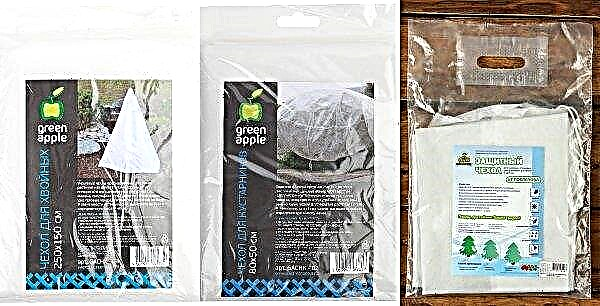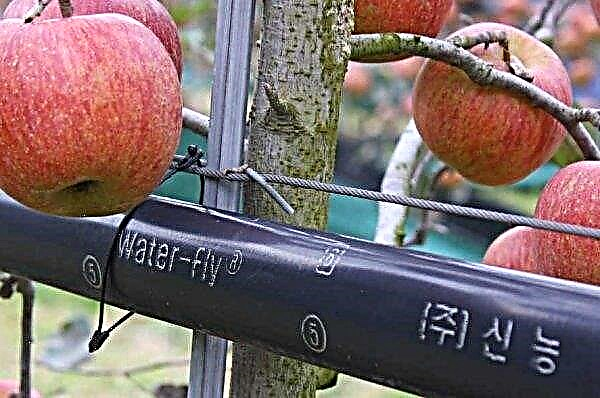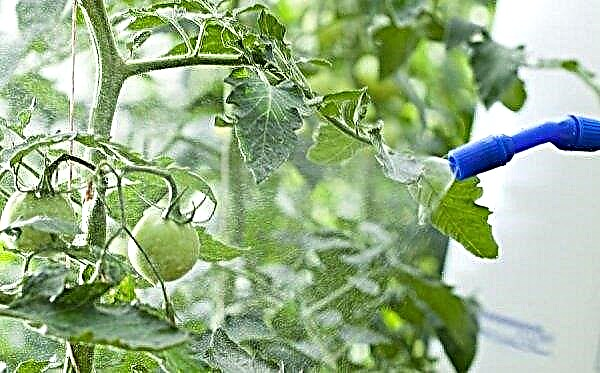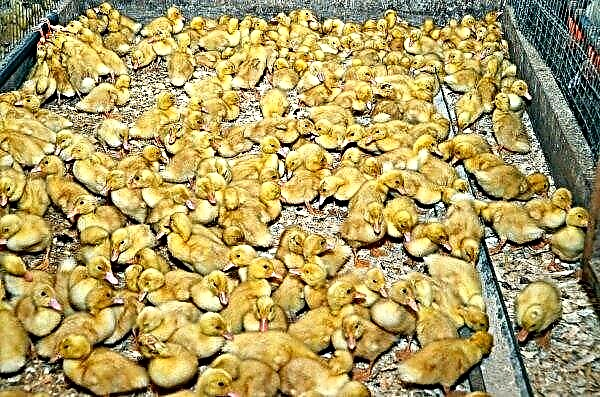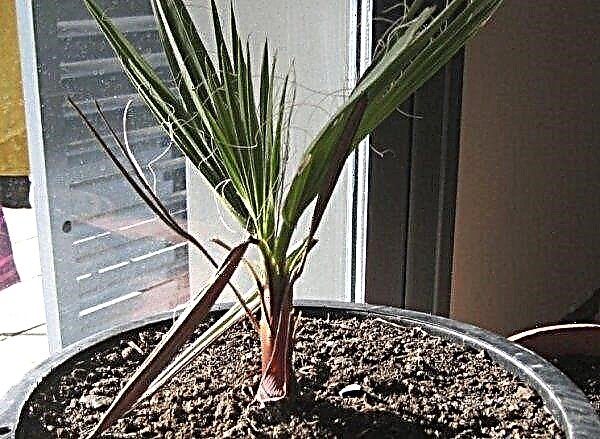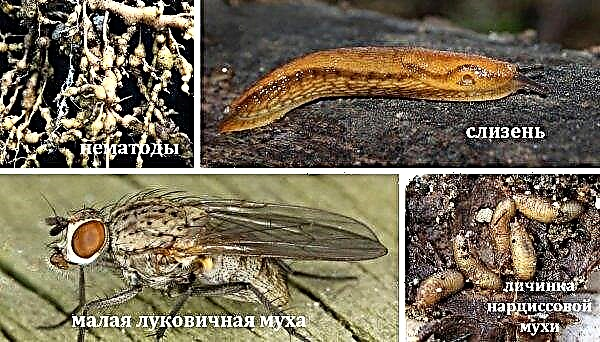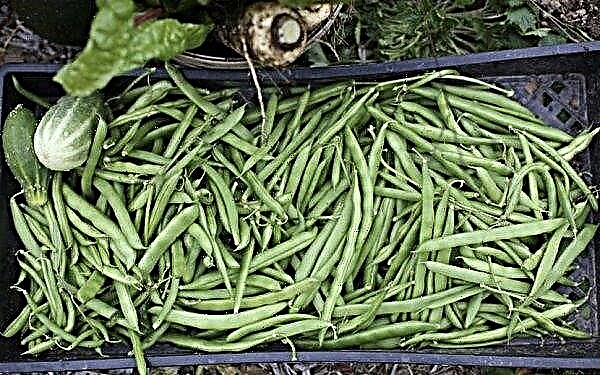Tulips are grown for the beauty of garden plots and for sale. These are not very whimsical flowers, but they require proper care and knowledge of the basic rules for pruning, digging, and storing planting material. Only if all the necessary conditions are met can you be sure that these flowers will delight you with their beauty for a long time.
Tulip farming
Most varieties of tulips bloom in May, so they are usually planted in the fall, around the second half of September. But often these flowers are grown for commercial purposes, and therefore sometimes you need to get them in February - March or even earlier.
In this case, plant distillation is used, which greatly weakens it and creates conditions in which a full-fledged bulb cannot be formed, but flowers in this case can be obtained at any time.
To speed up flowering by just a couple of weeks, you can plant tulips in unheated greenhouses in the fall. And if it is necessary to make them bloom in February - March, distillation is carried out with keeping the planting material at a temperature of + 9 ° С.
With the beginning of shoot growth, it is increased to + 15 ° C, and then to + 18 ° C, but in no case higher. In this case, the flowers are planted in December. By the same principle, you can calculate how best to plant tulips, focusing on the right flowering time.
Video: Growing, caring, propagating tulips
What soil do tulips like
Tulips are not very picky about the quality of the soil, but are more fond of sandy loam or loamy, light, fertile, saturated with oxygen and quite moist. The acidity of the soil should be weak or neutral. If its level is above the norm, it is necessary to add lime to the soil.
Did you know? Tulip, garlic and asparagus belong to the same family.
Ground water should be at least 60 cm from the surface of the earth, as these flowers do not really like high humidity and do not tolerate swamps. Tulips are not recommended to be grown in the same place every year, it is advisable to constantly transplant them. You can return to the previous flowerbed no earlier than 5 years later.

How to grow tulips in the open field
Since these flowers are not very whimsical, they can be grown not only by experienced gardeners, but also by beginners. The main thing is to know the basic rules of care, especially in the period after flowering, because it is very important for the proper growth and development of the plant.
Did you know? During the Tulip Fever, bulbs of these colors were sold at the cost of diamonds.
How to care for bulbs
Bulbs of tulips are dug at the end of the growing season, when they are covered with brown husk, and the leaves turn yellow and fall off. They are carefully sorted, removed damaged, dried and rotten, and then placed in storage boxes and put in a dry place. The air temperature in the room should be between +17 ... + 20 ° С.
To keep the bulbs better, you can wrap each of them with paper. This will also help prevent the spread of fungal diseases, rot and mold.
In autumn or spring, depending on when you plan to receive flowers, planting material must be removed from the boxes, sorted, peeled from the outer husk and treated with a 5% solution of potassium permanganate to disinfect and prevent the occurrence of diseases. And only after that you can plant in the ground.
In order to receive beautiful large flowers every year, it is necessary to choose the appropriate planting material. Small bulbs can immediately be thrown away, because from them high-quality tulips will not be able to grow. And to preserve the varietal characteristics of the flowers, they need to be stored separately from each other and planted in different places, and each year in new ones so that the bulbs accidentally remaining in the ground do not mix with the main variety.Video: How to save tulip bulbs in winter
When and how to plant
If you want tulips to bloom as early as possible, it is best to plant them in the fall, in the second half of September. So they will be able to gain strength during the winter and adapt to the growing conditions, and in the spring immediately begin to germinate as soon as the soil warms up to the required temperature.
Of course, these flowers can be planted in the spring. The most suitable time is the end of March - the beginning of April. But in this case, flowering will have to wait a little longer, because a significant part of the time will be spent on rooting the bulbs, and then growth will begin.

Landing
Before planting flowers, it is necessary to loosen the soil to a depth of 35 cm. The distance between the bulbs depends on their size. Large should be planted no closer than 10 cm from each other, but small can be planted at a distance of 4-5 cm.
If the soil is hard, heavy, planting material should not be buried more than 13 cm into it, but in places with light and soft soil you can plant 15 cm in depth.

Feeding and watering
Tulips do not tolerate stagnation of water, so you need to water them in moderation. And they also do not like drought, especially at the stages of flowering and bulb formation. Before the budding stage, you need to water only on dry days, but when the buds are already formed, the time comes for regular watering. For 1 m², one to four buckets of water are required, depending on the condition of the soil in the root area.
Watering should not stop after flowering, because it is at this moment that the bulb begins to form, so you need to moisten the ground for about 2-3 weeks. Tulips need to be fed with easily digestible fertilizers, which for the best effect should first be dissolved in water. As with watering, and when applying top dressing, you need to try not to get on the leaves.Important! Top dressing with mixtures of chlorine is prohibited for the care of tulips.

Fertilizers are applied, as a rule, three times per season: in early spring, at the stage of budding and after flowering. The first top dressing can be done if the snow still lies on the site of the future flower bed or immediately after it melts. To do this, you can use a special mixture designed for bulbous plants, which include nitrogen, phosphorus and potassium components in a ratio of 2: 2: 1. It will be enough to make 15-30 g of such a mixture per 1 m².
When the stem and bud is formed, they also need help, because at this time each tulip expends most of the accumulated energy, which is why mineral substances are very necessary to replenish it. At this stage, the amount of the mixture may be the same as in early spring, but you can do without nitrogen fertilizers by taking only potash and phosphorus in equal proportions. In the same way, tulips are fertilized a week after flowering, so that the bulbs develop better.
Video: Tulip Care
Pruning
Trimming arrows with peduncles and leaves immediately after flowering is strictly forbidden, because it is at this time that the underground part of the plant begins to form, and it should receive as many nutrients as possible, so removing greens can delay development.
You can cut off only the heads of flowers, and you need to have time to do this before they are naturally showered. This will help the bulbs grow faster and gain strength. This method is used to improve the quality of planting material of varieties selected for the next year.
Arrows with peduncles can be removed only after the upper part of the plant wilts. This is approximately 3-4 weeks after flowering. But the leaves remain until the moment when they themselves begin to fall off. September 1; April 2; May 3; June 4; July 5th; 6- cut wilted flowers
September 1; April 2; May 3; June 4; July 5th; 6- cut wilted flowers
Winter preparations
Tulip bulbs are recommended to be dug up and transplanted to a new place every year. This must be done for the following reasons:
- every year the root part of the flower goes deeper underground, and after 3-4 years it can simply disappear;
- the degeneration of the variety occurs due to the displacement of old bulbs by young ones that do not have the desired variety characteristics;
- flowers not dug for the winter grow small and weak.
Therefore, digging the underground part of the tulips, of course, is necessary. This is done after complete withering of the plant. Moreover, it is necessary to check whether brown scales appeared on the bulbs, because this is the surest sign that they are ready to be dug up.Did you know? When processing flowers with medicines, gloves must be used.

If flowers are planted in spring, all fall and winter, they should be stored in a specially designated place. The room for planting material should be dry, well ventilated, but without drafts. It is also necessary to protect the bulbs from direct sunlight in order to avoid drying out. They need to be aired and sorted at least once a month to prevent decay, mold, disease or pests.
But if tulips are planted in the fall, they will have to spend the whole winter in the ground. In regions with a warm climate, this is not a problem, but where winters are cold enough, you need to think about warming.
It takes a little more than a month to root the bulbs. If the roots are still too weak, but the cold has already begun, you must surely cover the soil under each tulip with mulch so that they can safely survive the winter.

Growing Tulips Without Digging
For two to three years, you can leave tulips in the ground without significant deterioration in their characteristics, but then you still need to dig and transplant flowers. If these are ordinary varieties, they are more resistant to cold and can remain practically winter without loss on a flower bed.
But the new hybrid varieties, while not dug up, degenerate over time and lose their characteristics, such as the color of the petals, their shape, and also resistance to diseases.
Propagation of tulips
The most common way to reproduce tulips is vegetative. At the base of the scales, daughter bulbs are formed annually, which must be torn off from each other and planted separately as independent plants. By next year, each small bulb will gain strength and will be able to give beautiful large flowers. The seed method of reproduction is not as popular as the vegetative one, because it gives flowering only 6-7 years after sowing. The first few years, tulip seedlings are grown in special containers, and only then transplanted into a flower bed. This method is used mainly for breeding new varieties.
The seed method of reproduction is not as popular as the vegetative one, because it gives flowering only 6-7 years after sowing. The first few years, tulip seedlings are grown in special containers, and only then transplanted into a flower bed. This method is used mainly for breeding new varieties.
Diseases and Pests
Tulip diseases are the main reason for the lack of flowering or complete loss of the plant. The most common of them:
- Fusarium - yellowing and drying of the leaves, and sometimes other parts of the plant, as well as the appearance of brown plaque.
- Gray rot is a defeat of the aerial part of the flower in wet weather.
- Rhizoctonia - the appearance of brownish-orange spots and stripes.
- Penicillosis - yellowing of scales, decay of the kidneys and peduncles.
- Bacteriosis - rotting bulbs.
- Variegation - multicolored spots and stripes on leaves that negatively affect their development.
- Root and botrythic rot.
- The drooping stems.
- Calcareous diseases.

To combat bacteria and fungi, systemic fungicides are used, which are most often treated with bulbs before planting. You can also use a 5% solution of potassium permanganate, in which the planting material is kept for 30 minutes, after which it is thoroughly dried.
To tulips were healthy, you must adhere to these rules:
- after digging, carefully sort through the bulbs and throw out the spoiled ones;
- ventilate during storage at least every two months;
- store different varieties in separate boxes, and wrap each onion in paper;
- adhere to the rules of watering and feeding;
- remove weeds on time;
- observe the schedules for cutting and digging flowers;
- planted in the sun, in places where there is no stagnation of rainwater.

In addition to diseases, tulips have yet another enemy - pests. Most damage to flowering plants can bring:
- nutcracker beetles;
- onion mites;
- Bears
- wireworms;
- slugs and snails.
 To combat them, they use insecticides, isolate spoiled flowers from the rest or throw them away, replacing them with new ones.
To combat them, they use insecticides, isolate spoiled flowers from the rest or throw them away, replacing them with new ones.What to plant after tulips
Tulips look very attractive on the flower beds both themselves and in group plantings. Only they do not bloom for long, so the question arises of how to fill the void remaining after digging them up. At this time, seedlings of other equally interesting flowers are gaining strength, which can be used to fill empty spaces.
Marigolds, asters, salvia, lobelia and ageratum grow very well in the places of tulips.Vegetables can also be planted after tulips, and even with them. You can plant them immediately with carrots or root parsley. These plants will be able to hide the dead leaves of the flowers with a thick carpet of greenery.
Tulips are the decoration of any garden. It’s not difficult to breed them, the main thing is to follow simple but important rules. These flowers are grown very often, due to their unpretentiousness and relative resistance to disease. Proper care and dilution in compliance with all conditions will provide an attractive appearance for your flowerbed for many years.

